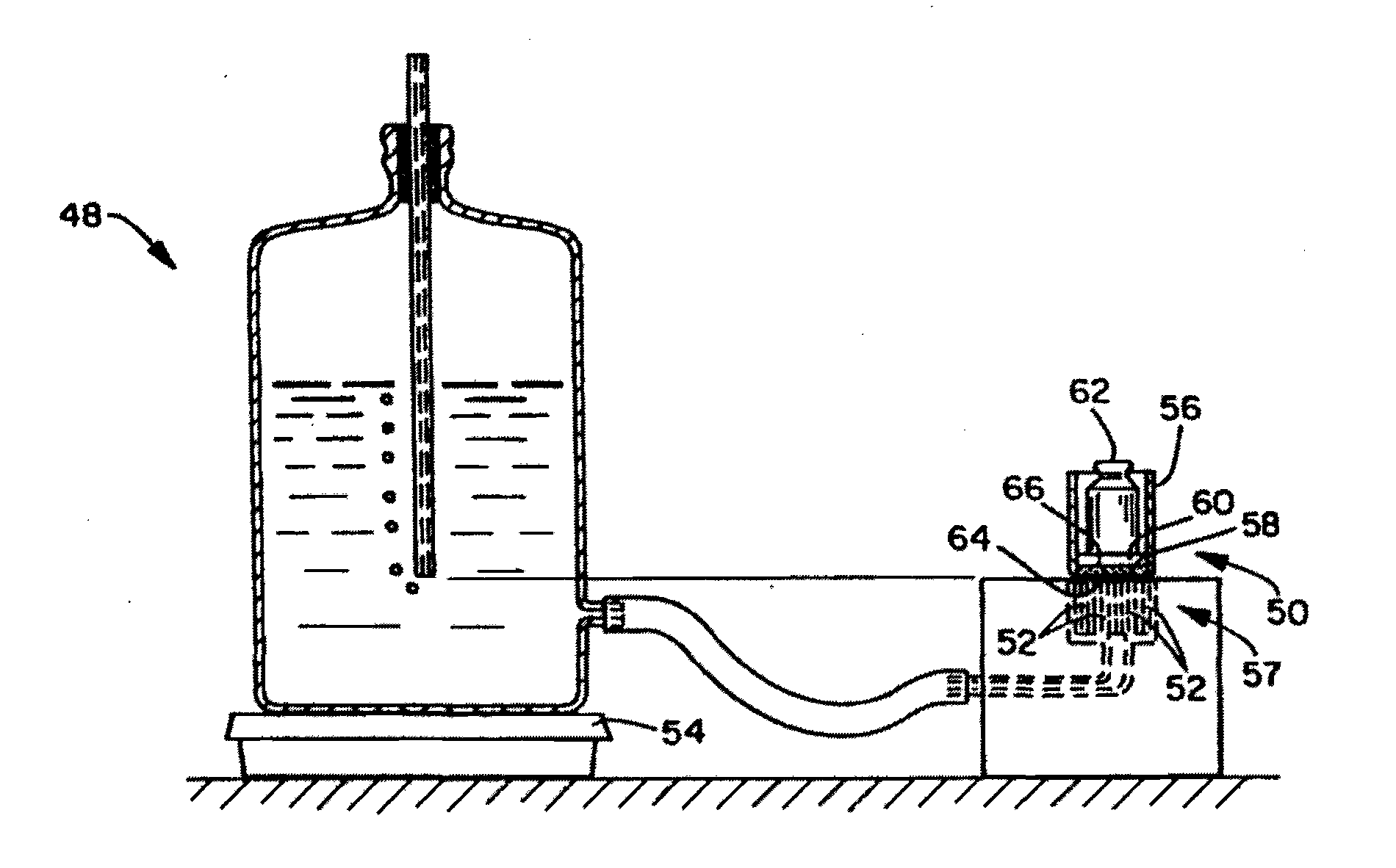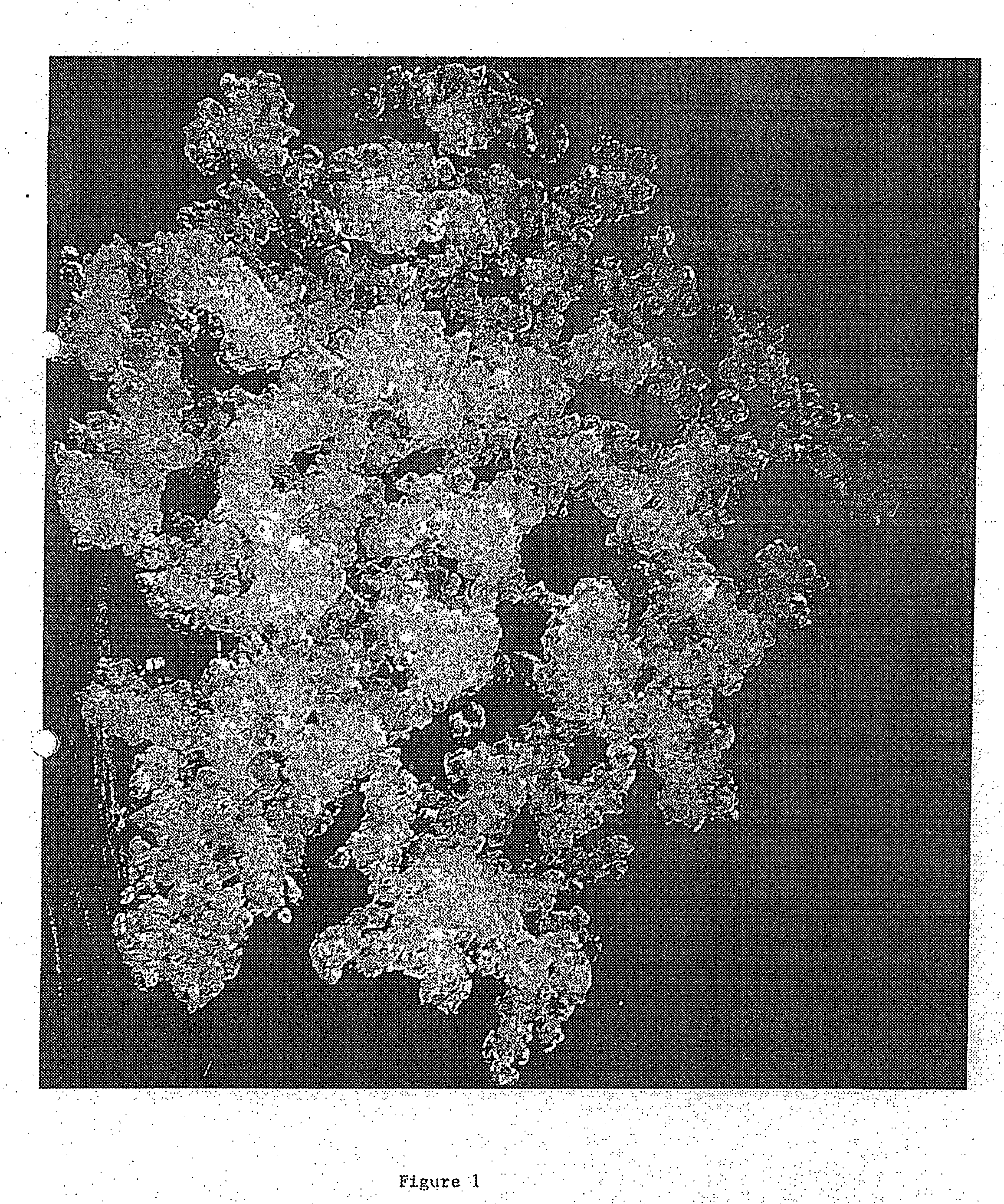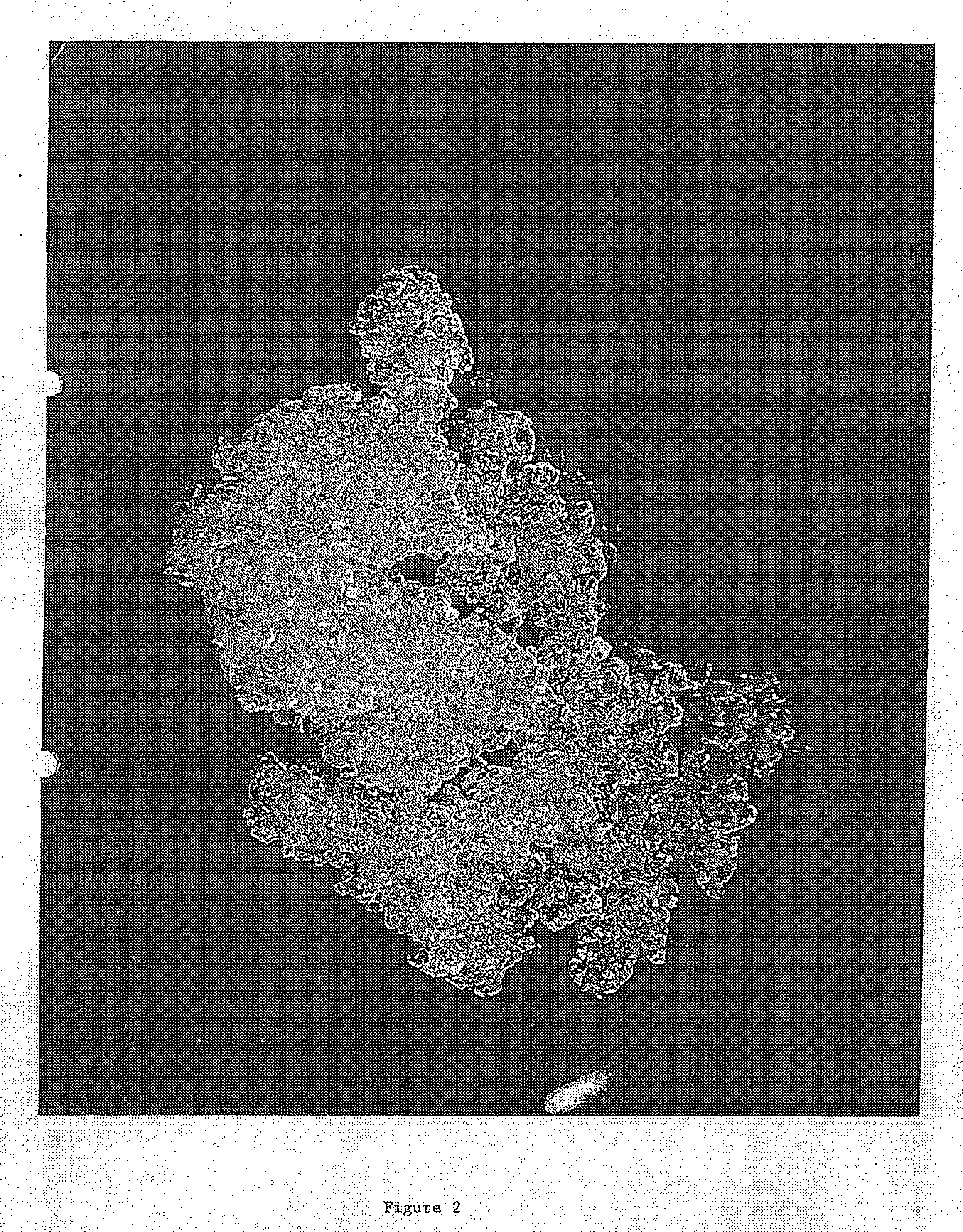Water-Absorbing Polysaccharide and Method for Producing the Same
a technology of water-absorbing polysaccharide and polysaccharide, which is applied in the direction of sugar derivates, applications, bandages, etc., can solve the problems of affecting the biodegradability of the absorber, requiring a large energy and time consumption, and insufficient or not biologically degradable synthesis of these absorbers, etc., to achieve high retention, increase the ph value of the gel, and increase the stability with respect to tempering
- Summary
- Abstract
- Description
- Claims
- Application Information
AI Technical Summary
Benefits of technology
Problems solved by technology
Method used
Image
Examples
example 1b
[0131] An aqueous solution with a pH of 11.0 comprising 6 wt. %, based upon the total weight of the aqueous solution, of polyphosphoric acid as post-crosslinker, is brought into contact with powder A1 in an amount of 10 wt. %, based upon the total weight of powder A1. The coated pre-product is heated at temperatures of 130° C. for a duration of 50 minutes. A powder B1 is obtained. The powders A1 and B1 were characterized by the following properties:
TABLE 1AUL0.3 psiAUL0.9 psipowderCRC [g / g][g / g][g / g]GBPsliminessA130.8B119.220.315.6571
example 2a
[0132] Example 1A was repeated, wherein in the place of 0.09 wt %, based upon the amount of sodium carboxymethylcellulose used, 0.1 wt % of polyphosphoric acid (84%, from the company Clariant, Germany) was used. A powder A2 is obtained.
example 2b
[0133] Example 1B was repeated, wherein the aqueous solution with a pH of 11.0 additionally comprised 0.3 wt %, based upon the amount of powder A2, Aerosil 200 from Degussa AG, Germany, and 5 wt. % of polyphosphoric acid, based upon the total weight of the aqueous solution, was used and heated at 125° C. for 65 minutes. A powder B2 is obtained. The powders A2 and B2 were characterized by the following properties:
TABLE 2AUL0.3 psiAUL0.9 psiPowderCRC [g / g][g / g][g / g]GBPSliminessA228.5B219.020.414.32231
PUM
| Property | Measurement | Unit |
|---|---|---|
| Temperature | aaaaa | aaaaa |
| Dimensionless property | aaaaa | aaaaa |
| Dimensionless property | aaaaa | aaaaa |
Abstract
Description
Claims
Application Information
 Login to View More
Login to View More - R&D
- Intellectual Property
- Life Sciences
- Materials
- Tech Scout
- Unparalleled Data Quality
- Higher Quality Content
- 60% Fewer Hallucinations
Browse by: Latest US Patents, China's latest patents, Technical Efficacy Thesaurus, Application Domain, Technology Topic, Popular Technical Reports.
© 2025 PatSnap. All rights reserved.Legal|Privacy policy|Modern Slavery Act Transparency Statement|Sitemap|About US| Contact US: help@patsnap.com



